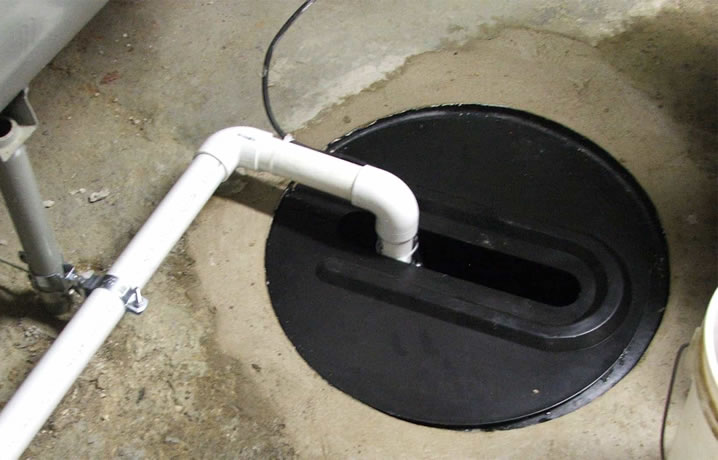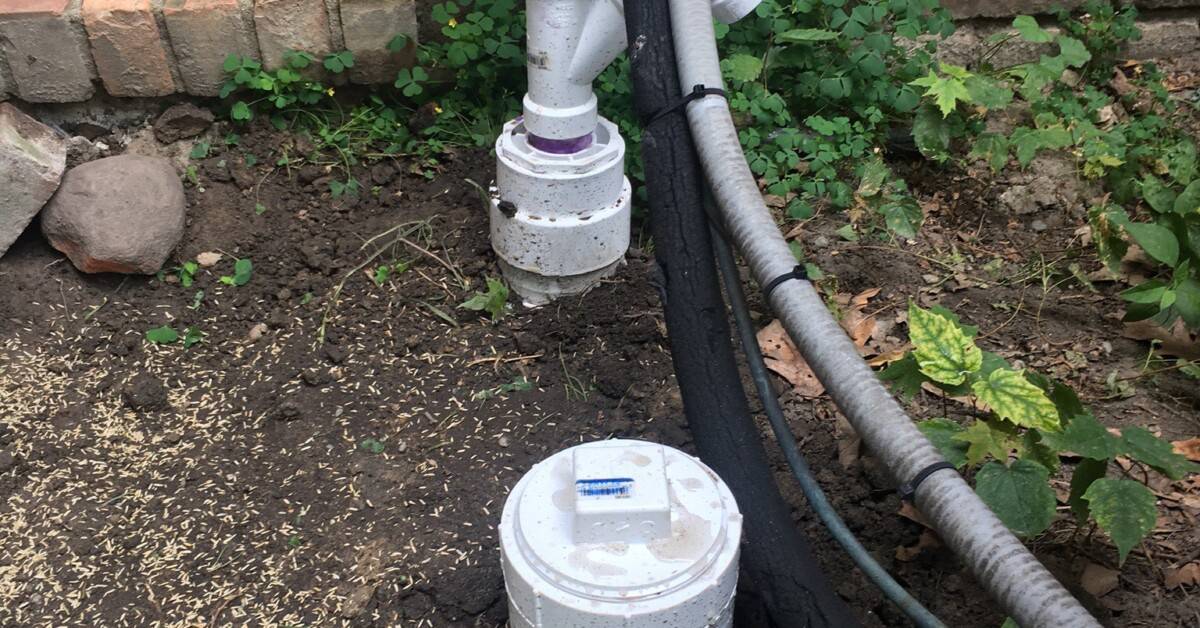Just about every person has their own individual ideas in relation to How to Care for Your Sump Pump.

Sump pumps are important components in lots of homes, specifically in locations susceptible to flooding or extreme wetness. They help avoid water damage by efficiently removing excess water from cellars or crawl spaces. Nonetheless, like any other appliance, sump pumps call for regular upkeep to ensure they work properly when needed the most. Cleaning your sump pump is an essential part of its upkeep, and recognizing just how to do it properly can save you from expensive repair services and possible calamities.
Intro
Keeping a tidy sump pump is vital for its proper functioning and long life. Neglecting this essential task can lead to clogs, breakdowns, and inevitably, water damages to your building. Consequently, discovering how to clean a sump pump is critical for home owners who rely on these tools to keep their cellars dry and protected.
Indications of a Dirty Sump Pump
Knowing when your sump pump requires cleaning is important for protecting against potential malfunctions. Some common indicators that show a dirty sump pump include weird noises during operation, lowered water circulation, and noticeable particles in the pit. If you discover any one of these signs, it's necessary to cleanse your sump pump quickly to stay clear of any additional problems.
Planning for Cleansing
Before you begin cleansing your sump pump, it's necessary to take some safety preventative measures. Begin by turning off the power to the pump to stay clear of any kind of electric mishaps. In addition, put on ideal safety equipment, such as gloves and goggles, to protect on your own from dust, particles, and possible virus.
Comprehending the Sump Pump
Before diving right into the cleansing process, it's essential to have a standard understanding of how a sump pump functions. Commonly set up in a pit or basin below the cellar floor, a sump pump contains a number of vital elements, consisting of a pump, a float switch, and a discharge pipe. When water gathers in the pit, the float switch triggers the pump, which after that pumps the water out through the discharge pipe, far from the structure's foundation.
Step-by-step Overview to Cleansing a Sump Pump
Shutting Off the Power
Begin by disconnecting the power supply to the sump pump to avoid any kind of crashes while cleansing.
Looking For Proper Functioning
Before reinstalling the pump, carry out a quick test to guarantee that the float switch activates the pump appropriately. Put some water into the sump pit and observe the pump's procedure. If every little thing is working appropriately, you can reassemble the pump and reconnect the power supply.
Getting Rid Of Particles and Dirt
Utilize a bucket or a scoop to eliminate any type of visible debris, dirt, or debris from the sump pit. Dispose of the particles correctly to stop it from clogging the pump or the discharge pipeline.
Cleansing the Pump and Float Switch
As soon as the pit is free from particles, meticulously remove the pump from the pit. Inspect the pump and the float switch for any kind of signs of damages or wear. Use a soft brush or towel to clean up the surface areas and eliminate any kind of collected crud.
Flushing the System
After cleaning up the pump and float button, flush the sump pit with clean water to eliminate any kind of continuing to be dust or debris. This will certainly assist guarantee that the pump runs efficiently and successfully.
Upkeep Tips to Keep Your Sump Pump Clean
In addition to routine cleansing, there are numerous maintenance suggestions you can follow to keep your sump pump in optimum condition:
- Normal Assessment: Examine your sump pump regularly for any indicators of wear, damages, or clogs.
- Maintaining the Surrounding Location Clean: Make Sure that the location around the sump pit is devoid of debris, dust, and blockages.
- Testing the Pump Occasionally: Test your sump pump occasionally by pouring water into the pit and observing its operation. This will assist you identify any kind of possible problems before they rise.
Verdict
Cleansing your sump pump is a vital aspect of its maintenance and ensures that it operates properly when you need it the most. By adhering to the steps described in this overview and including regular maintenance into your routine, you can prolong the life-span of your sump pump and protect your home from water damage.
How To Clean a Sump Pump
Prepare The Materials
- Plastic sheet or tarp
- Garden hose
- Scraping tool (putty knife or plastic scraper)
- Large bucket
- Wet/dry vacuum
Remove the Sump Pump from the Power Supply
Unplug the sump pump from the power outlet or turn off the circuit breaker. Don’t skip this step, as it is crucial for your safety.
Cut Off Any Water Source
Lock all systems that drain into the sump pit, and inform everyone not to use them. Doing this step will prevent water from flowing into the pit while you’re cleaning.
Wrap the Bottom of the Pump
Place the pump in an area where you can clean it from all sides. Wrap the bottom portion of the sump pump with plastic tarp/sheeting for easier cleanup.
Clean the Pump
Sprinkle water onto the pump using a garden hose to loosen the debris. Ensure to spray all sides and openings. Remove any hard-stuck gunk with a scraping tool.
Rinse the Pump
Splash water again onto the pump using the garden hose. Doing so will flush down any remaining debris and gunk.
Drain the Check Valve
The check valve is a component of the sump pump that helps drain water and prevents it from flowing back. Open the valve and ensure to catch the drained liquid with a bucket.
Remove Excess Water With a Wet/Dry Vacuum
Use a shop vac to remove all the remaining water in the pump. Besides your device, the wet/dry vacuum can also help clear spills in the area where you cleaned the device.

We were shown that editorial about through a buddy on a different blog. Loved our posting? Please quickly share it. Let somebody else locate it. I praise you for being here. Don't hesitate to stop by our blog back soon.
Schedule
Comments on “Leading Techniques for Caring for a Sump Pump”